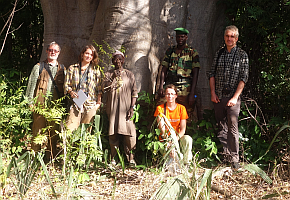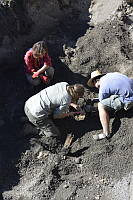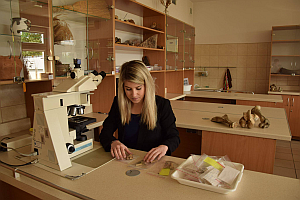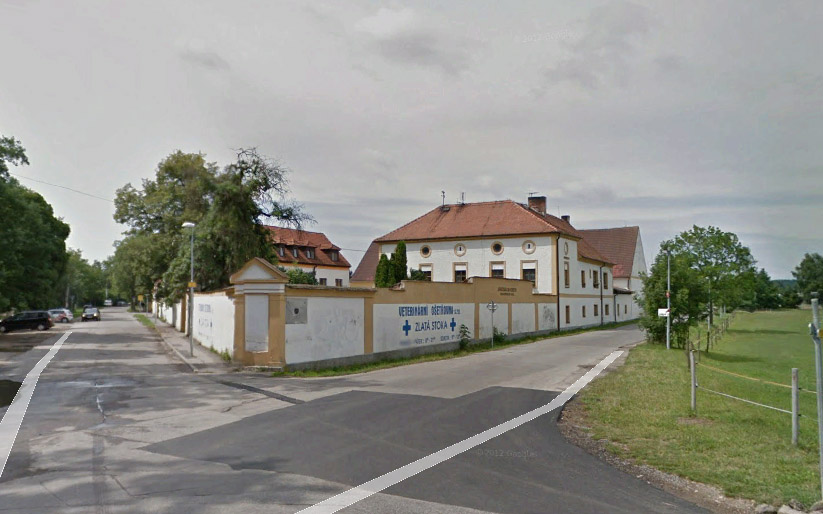Dendrochronology
The real natural archive are annual growth rings of plant and notably tree rings provide precise information on past growth reaction to environmental. Research of the tree rings, called dendrochronology, is available source of cumulated information about past environment Dendrochronology or, more precisely dendroecology, is interdisciplinary method including all branches of science involved in drawing some type of environmental information from tree-ring sequences. For example: past climate reconstruction and climate change studied by dendroclimatology. Dendroecology is used in forestry, vegetation ecology and population dynamics or for analyzing the effects of air pollution on tree. Dendrohydrology covers floodplain ecology and management, changes in river flow etc.
Dendroecology
Climate signal is considered as one of the main controlling factors for the tree growth, and the tree response is modified by tree species, provenience, competition, site conditions etc. The interpretation of dendroecological analyses is quite complicated; relationships among tree-ring increment, climatic conditions and stand characteristics are complex and interconnected. Only woody plants with secondary growth form well defined increments encircling the entire stem in seasonal climate, i.e. all woody plants belonging to dicotyledons (the cambium of herbaceous plants is almost inactive); some monocotyledonous plants from Liliaceae family (Yucca, Agave, Dracaena. The important requirement for tree ring formation is a regular seasonality with period of unfavorable conditions for growth, when the cambium stops production of cells (e.g. low temperature during winter, drought or rainfall periods, regular inundation etc). Dendroecological and dendroclimatological studies concern with the growth response of trees along various ecological gradients.
Dendrochronology
The most common utilization of dendrochronology in historical and archaeological disciplines is dating of wood samples (wooden tools, wood for heating, constructional timber, objects of art and musical instruments). The method of cross dating allows the identification of the calendar years of the tree ring formation and the felling dates of the trees. It helps to determine the age of wooden objevte with a precision that has not been matched by any other method Cross dating is the procedure of matching variations in a ring width or other ring characteristics among several tree-ring series, allowing identification of the exact year in which each tree ring was formed. A precondition for successful determination the exact year in which the tree was felled is the presence of the last ring below the bark or even bark preserved and length of tree ring chronology. Dendrochronological dating is only possible if adequate reference tree ring chronologies are available for the region, tree species and period of interest.
Dendrochronology laboratory equipment
- measuring device TimeTable with ParSer v1.3
- software PAST4, PAST32
- stereomicroscope Olympus SZ51
|
Where to find us?
Laboratory of Archaeobotany and Palaeoecology
- Faculty of Sciences,
- University of South Bohemia
-
- Na Zlaté stoce 3
- 370 05 České Budějovice
Contact
+420 38 903 6306
+420 38 903 6308
|



